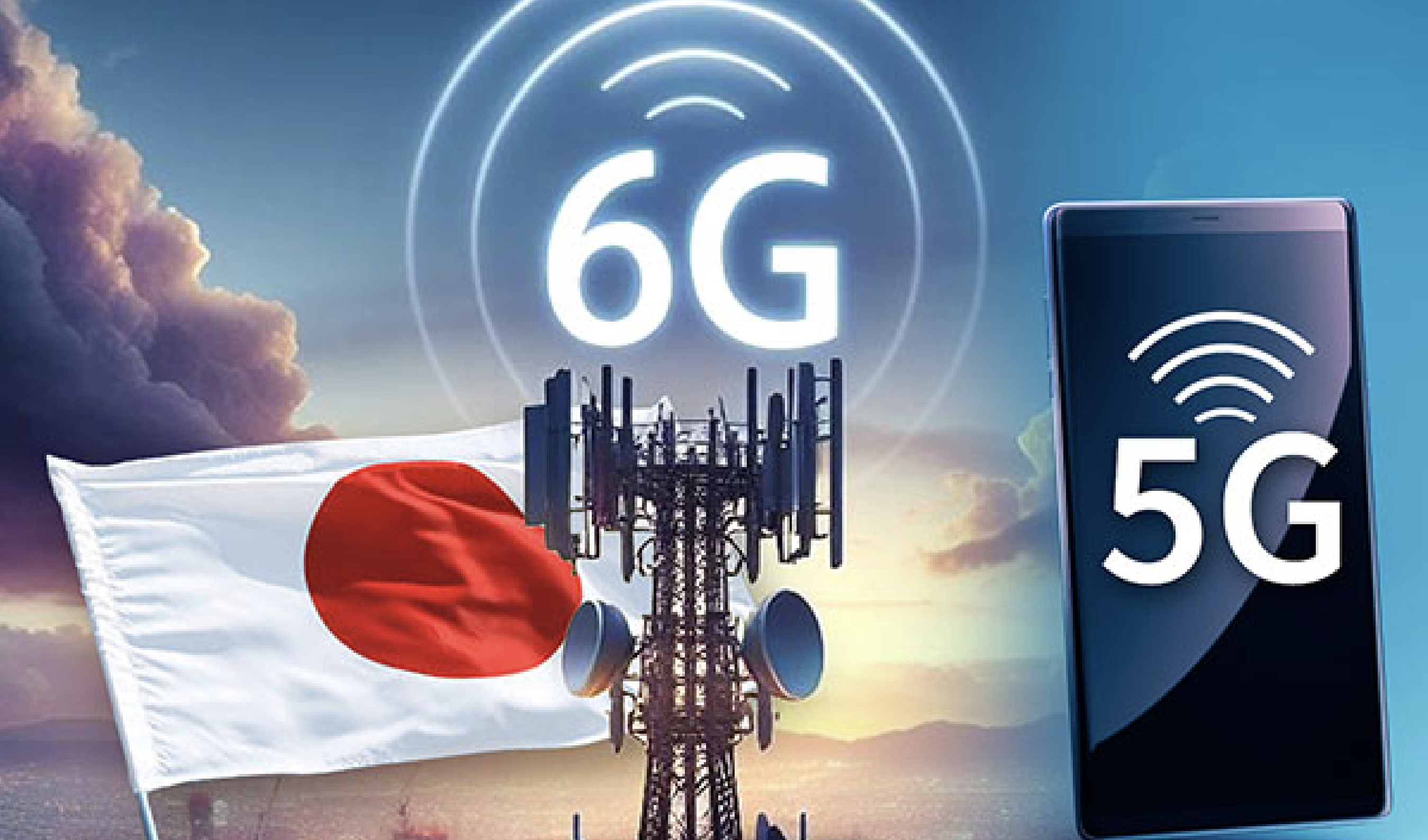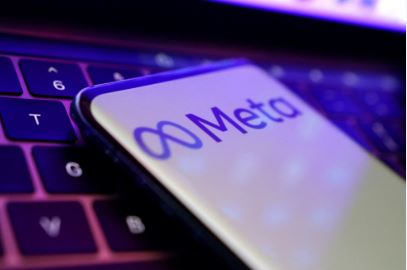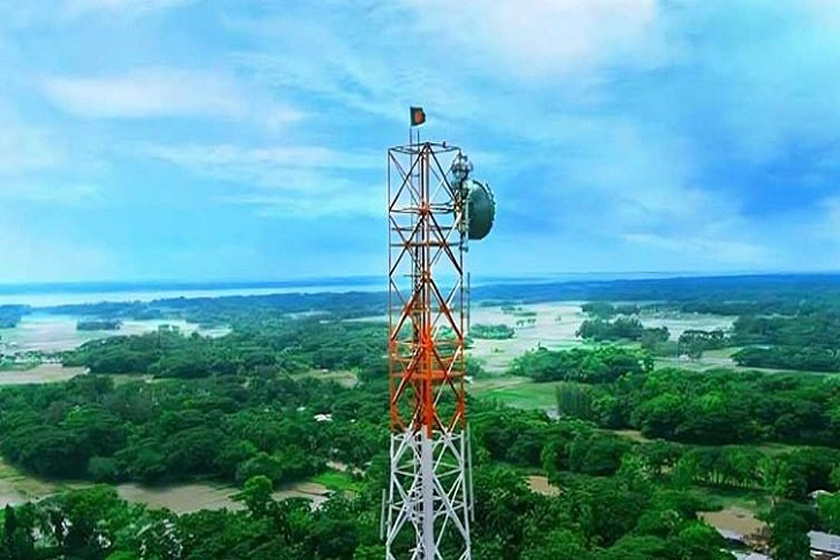
Md. Shohel Mamun:
In terms of mobile network technology, the time is now 5-G. However, many countries around the world have not yet fully implemented 5G networks. Including Bangladesh they still stuck on 4G mobile network. Some devices of 5G network are also available in Bangladesh, but the highest speed mobile network we have so far is 4G. In the meantime, Japanese experts appeared with Six-G.
In a ground-breaking move, Japan is going to announce its plans to launch the world’s first 6-G network aiming to boost communication speeds, connectivity, and technological advancements on an unprecedented scale. The next-generation network is expected to be 100 times faster than current 5G technology, enhancing capabilities in artificial intelligence, smart cities, remote working, autonomous vehicles, and more.
According to IT-focused media reports, Japan has developed the world's first Six-G device. The new prototype device is a joint effort of the country's telecom companies, including NTT Docomo, NEC Corporation and Fujitsu.
The results of the new device were announced last April and it was finally reviewed last month. It claims their Six-G prototype is 20 times faster than Five-G. The prototype can achieve speeds of 100 Gbps using the 100 Hz band. And outside it uses 300 Hz band to achieve the same speed.
5G is considered to be the most advanced technology in mobile networking in the world today. Its theoretical speed is up to 10 Gbps. However, the speed of 5G network varies from country to country.
Apart from Japan, USA and China are working on Six-G. Technology experts believe that with the arrival of Six-G, people will be able to communicate in real-time holographic. People are also expected to be able to gain new experiences in the world of virtual and mixed reality.
According to reports, the new Japanese prototype has been tested at an area of 328 feet. The results of the preliminary tests are certainly encouraging. However, this cannot yet be judged as a measure of ultimate success, said experts.
According to them, the new Six-G has only been tested on one device. There is still a lot of research to be done on this. Moreover, to implement this new technology, mobile network towers will have to be completely replaced and new smartphones with Six-G inbuilt antennas will have to be introduced in the market.












0 Comments